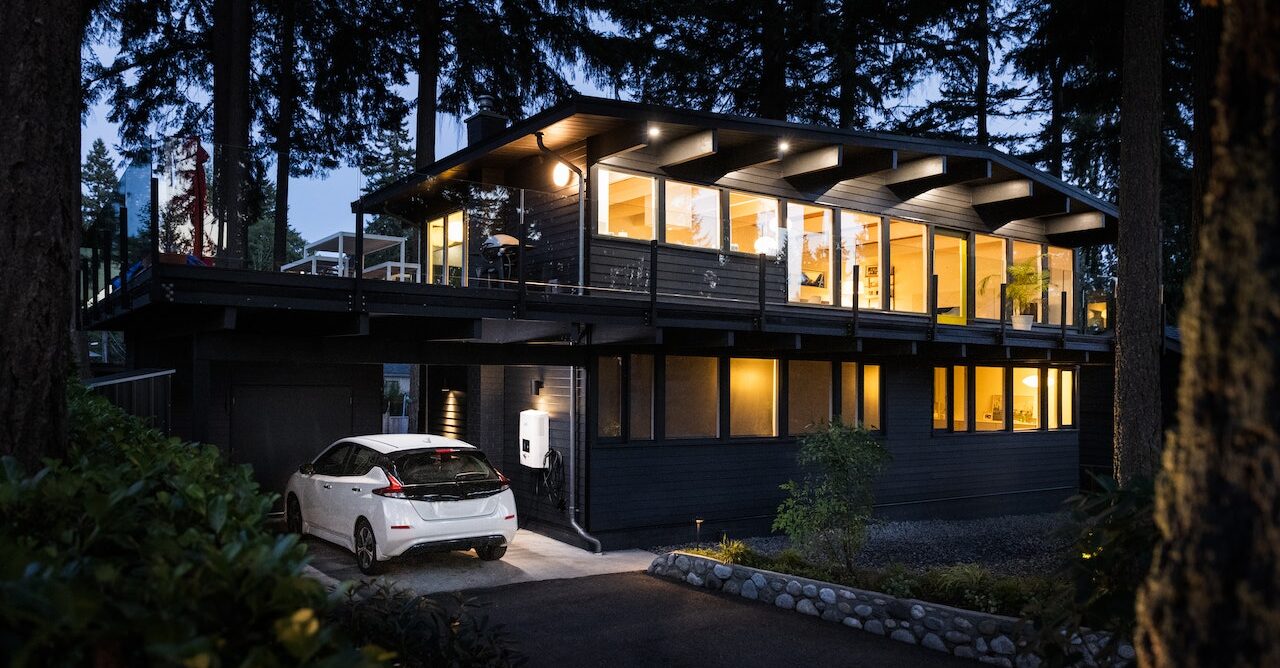April 21, 2023
Source: Washington Post
Excerpt:
When the power went out at Nate Graham’s New Mexico home last year, his family huddled around a fireplace in the cold and dark. Even the gas furnace was out, with no electricity for the fan. After failing to coax enough heat from the wood-burning fireplace, Graham’s wife and two children decamped for the comfort of a relative’s house until electricity returned two days later.
The next time the power failed, Graham was prepared. He had a power strip and a $150 inverter, a device that converts direct current from batteries into the alternating current needed to run appliances, hooked up to his new Chevy Bolt, an electric vehicle. The Bolt’s battery powered his refrigerator, lights and other crucial devices with ease. As the rest of his neighborhood outside Albuquerque languished in darkness, Graham’s family life continued virtually unchanged. “It was a complete game changer making power outages a nonissue,” says Graham, 35, a manager at a software company. “It lasted a day-and-a-half, but it could have gone much longer.”
Read more: Electric vehicles can now power your home for three days





